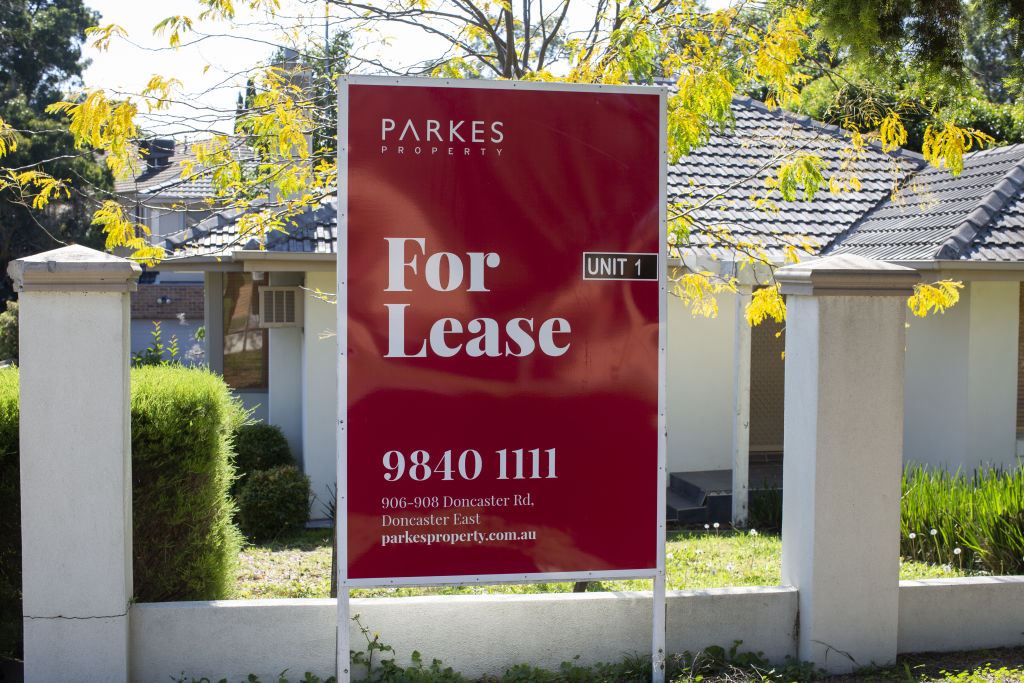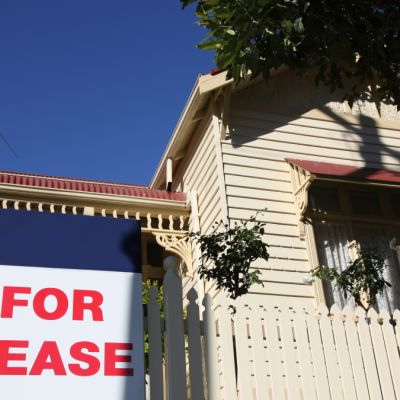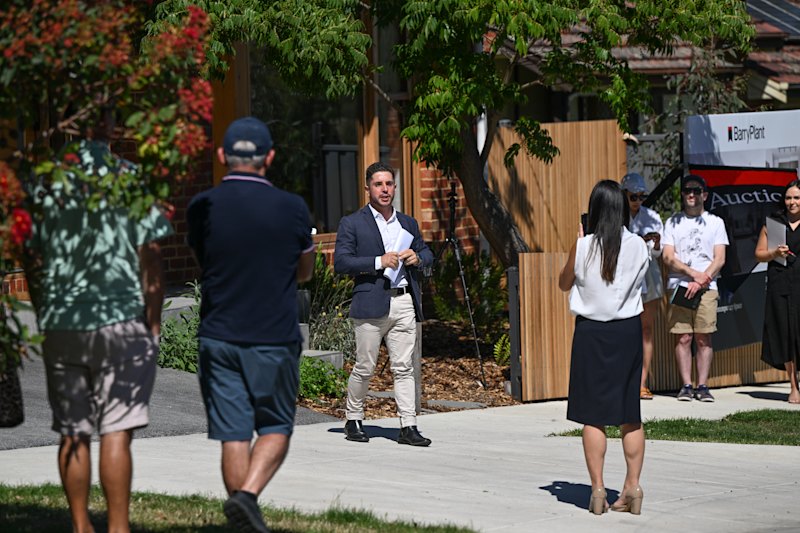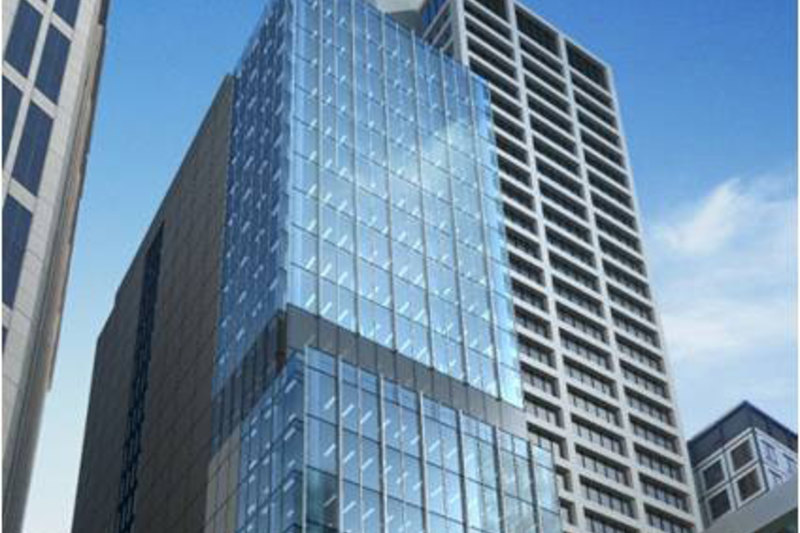National vacancy rates plummet, residents return to Melbourne and Sydney CBDs

The total number of rental properties sitting empty across Australia has plunged to just 1.8 per cent in May, a level not seen since October 2012, new research reveals.
The latest national vacancy rate data from SQM Research reveals the total number of residential properties sitting vacant stands at 62,144 in May, down from 66,441 in April when the vacancy rate was 1.9 per cent.
The May figures also reveal that vacancy rates in the Sydney and Melbourne CBDs, which soared last year during COVID-related lockdowns, have also fallen substantially.
Sydney CBD vacancy rates peaked at 16.2 per cent in May last year. This May, they have fallen to 6.8 per cent.
In Melbourne’s CBD, vacancy rates for May stood at 8 per cent, down from a high of 10.8 per cent in September last year.
However, they still remain elevated due to an oversupply of apartments and lower demand from international students while borders remain closed, SQM Research managing director Louis Christopher said.
“Those vacancy rates could begin a downward trend over the second half of 2021, particularly in Sydney, as life resumes relative normality,” he said.
“However, the loss of international student tenants, along with unit oversupply, will keep vacancy rates relatively high as the COVID-19 pandemic continues.”
Elevated vacancy rates in the Melbourne and Sydney CBDs means overall vacancy rates in both cities remain higher than other capital cities across the country.
Melbourne’s overall vacancy rate was 3.7 per cent in May, down from 4 per cent in April and in Sydney is at 2.9 per cent, down from 3.1 per cent in April.
This compares to Brisbane, where the city’s vacancy rate in May fell to 1.3 per cent, down from 1.4 per cent and Perth, Adelaide, Canberra, Darwin and Hobart, where the vacancy rate remains below 1 per cent.
Mr Christopher said the low vacancy rates were forcing up rents in many areas.
“Rental vacancy rates have fallen across the board in May, driving rents higher, especially in regional locations,” he said.
“This trend is likely to remain through the second half of the year, given the fierce competition for rental accommodation in many areas.
“We are still seeing falling vacancies everywhere from Victoria’s Mornington Peninsula, the Gold Coast, right through to inland areas like the Murray Regions of NSW and South Australia to outback Northern Territory, along with Darwin, which is having the effect of boosting rents as tenants compete for rental homes,” he said.
Over the past year, national median rents rose 15.1 per cent for houses and 6.6 per cent for units, fuelled by strong rises in rents in regional locations where there is a shortage of rental accommodation.
Capital city median rents rose 3.9 per cent for houses but fell 3.5 per cent for units over the past 12 months. Over the month to June 12, they rose 0.5 per cent for houses to $559 per week but fell 0.2 per cent for units to $410.
The capital city median rent for units has been dragged down by Melbourne and Sydney, where unit rents have fallen by 11 per cent in Melbourne and 5.1 per cent in Sydney over the past year.
We recommend
We thought you might like
States
Capital Cities
Capital Cities - Rentals
Popular Areas
Allhomes
More









